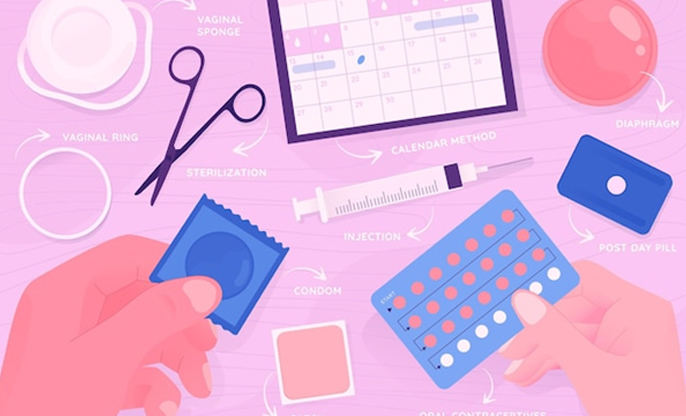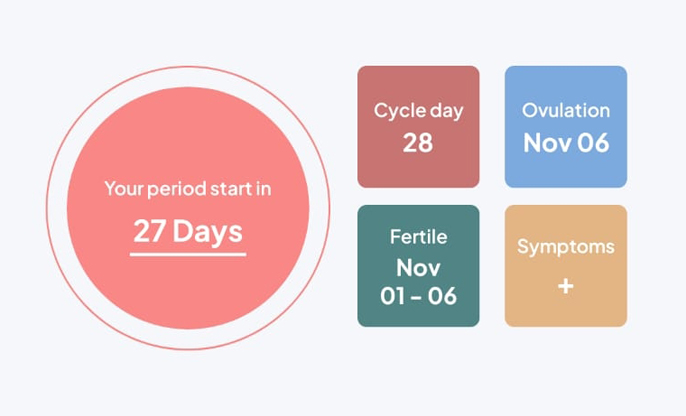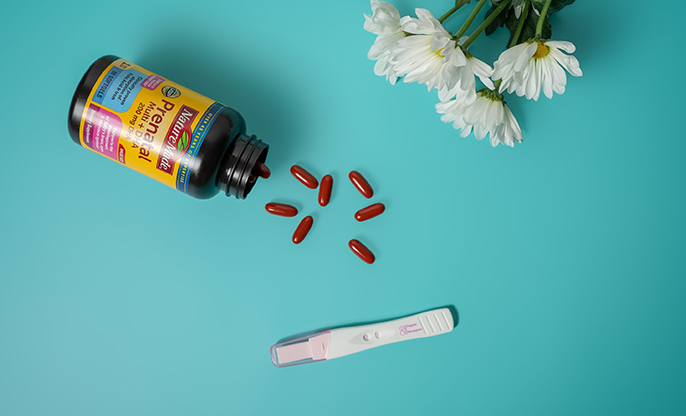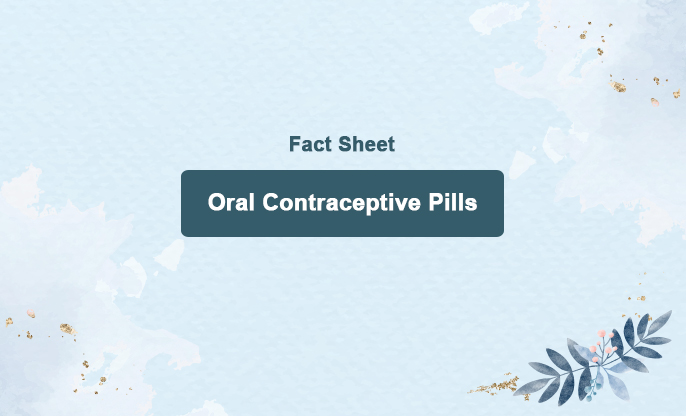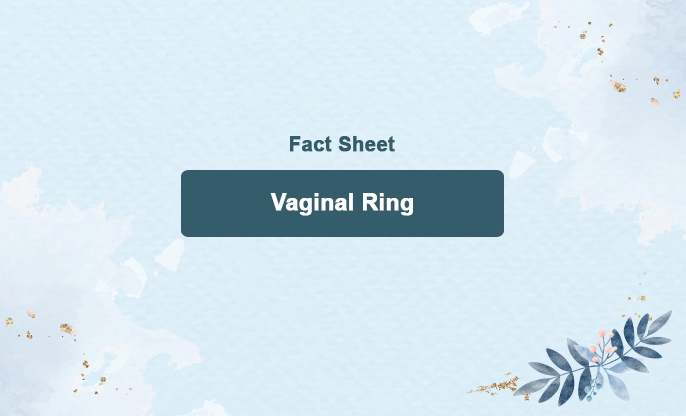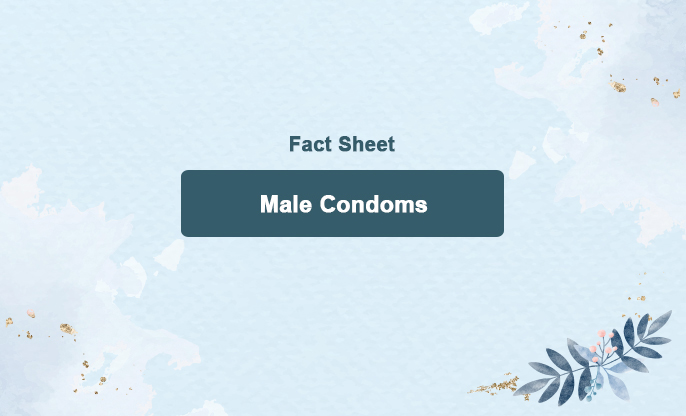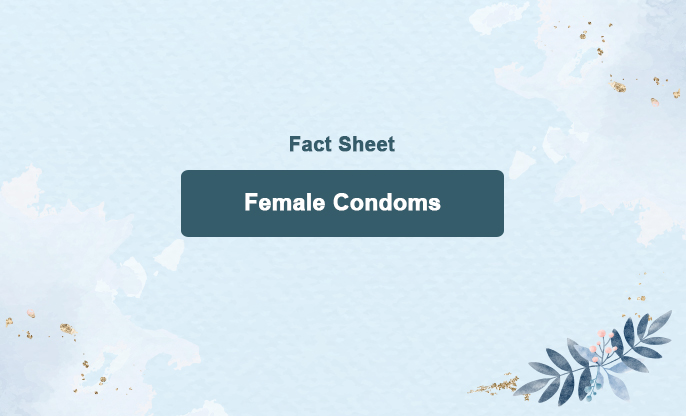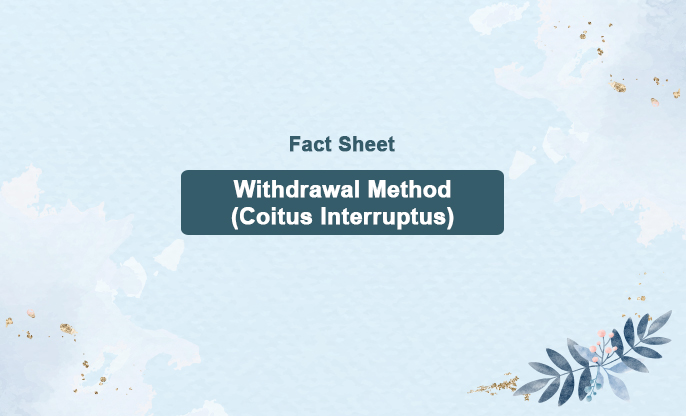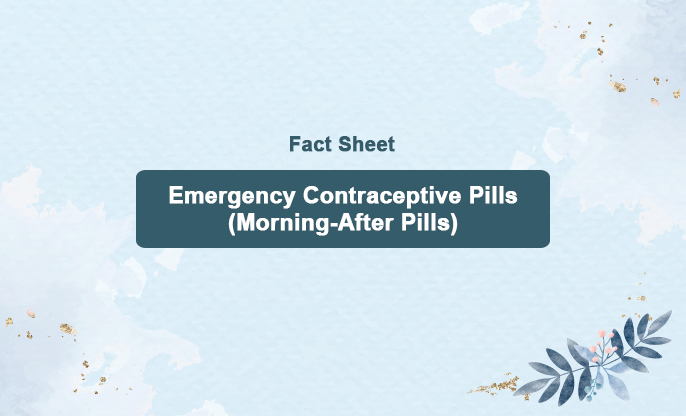
What is this?
The contraceptive patch is a small, 5cm by 5cm square patch worn on the skin. It prevents pregnancy by releasing the hormones estrogen and progestogen into the bloodstream, which stops the ovaries from releasing an egg each month.
This method is not suitable for everyone. You wear the patch for 7 days before replacing it with a new one. When used correctly, the contraceptive patch is 99% effective; however, its effectiveness decreases if not used properly.
Fertility typically returns to normal levels within 1 to 3 months after discontinuing use.
The contraceptive patch does not protect against sexually transmitted infections (STIs). Always use a condom during sex to protect yourself and your partner from STIs, including HIV.
How does this work?
The patch contains the same hormones as the combined pill and functions similarly to prevent pregnancy. It releases hormones that:
Prevent the release of an egg (ovulation).
Make it harder for sperm to reach an egg.
Thin the lining of the womb, reducing the likelihood of an egg attaching to it.
You can apply the contraceptive patch to most areas of your body as long as the skin is clean, dry, and not overly hairy. Suitable locations include your leg, arm, or back.
Apply your first patch and wear it for 7 days.
On day 8, replace the old patch with a new one.
Continue this for 3 weeks, then take a patch-free week.
After 7 days without a patch, apply a new one to begin the 4-week cycle again, even if you are still bleeding.
Avoid sticking the patch on:
Sore or irritated skin
Areas where tight clothing might rub it off
Your breasts
When you first start using the patch, you can change its position each time you apply a new one to reduce the risk of irritation.
The contraceptive patch is designed to stay on, even after showers, baths, hot tubs, saunas, swimming, or exercise.
If the patch falls off:
Less than 48 hours: Apply a new patch immediately. Do not use a plaster or bandage to hold the old patch. Change it on your regular change day. You’ll still be protected if you’ve used it correctly for the past 7 days.
More than 48 hours or unsure: Apply a new patch right away. If you’re in week 1 or 2, change it on your normal change day. If you’re in week 3, start a new cycle and skip your patch-free week. Use additional contraception, like condoms, until you’ve worn the patch for 7 consecutive days. If you had unprotected sex recently, consider emergency contraception and consult your doctor or nurse.
Efficacy?
When used correctly, the patch is over 99% effective in preventing pregnancy.
Usage duration recommended:
Apply your first patch and wear it for 7 days. On day 8, replace it with a new patch. Continue this process for 3 weeks, then take a patch-free week. After 7 days without a patch, apply a new one to start a new 4-week cycle, even if you are still bleeding.
Side effects of contraceptive patches can include:
Skin Irritation: Redness, itching, or rash at the application site.
Nausea: Feeling sick to your stomach, particularly when starting the patch.
Breast Tenderness: Soreness or swelling of the breasts.
Headaches: Increased frequency or intensity of headaches or migraines.
Mood Changes: Mood swings, anxiety, or depression.
Weight Changes: Some users may experience slight weight gain or loss.
Spotting: Light bleeding or spotting between periods.
Decreased Libido: Reduced sexual desire.
Blood Clots: Increased risk of blood clots, which can lead to deep vein thrombosis (DVT), pulmonary embolism, or stroke.
High Blood Pressure: Increased risk of hypertension.
If any of these side effects become severe or concerning, consult your healthcare provider for further guidance.

